- Written By Team DWS
- Festivals
- April 12, 2025
The Significance of Baisakhi: A Deep Dive into Cultural Traditions
Baisakhi, also known as Vaisakhi, is more than just a festival; it is a celebration that resonates deeply with the cultural ethos of Punjab, India. Falling on the 13th "Baisakhi: Exploring Its Cultural Significance & Traditions"of April each year, Baisakhi marks the Sikh New Year and is primarily linked to the harvest season, symbolizing prosperity, growth, and new beginnings. For numerous communities across India, particularly Sikhs and Hindus, Baisakhi holds profound significance and has developed into a festival enriched with history, spirituality, and cultural traditions.
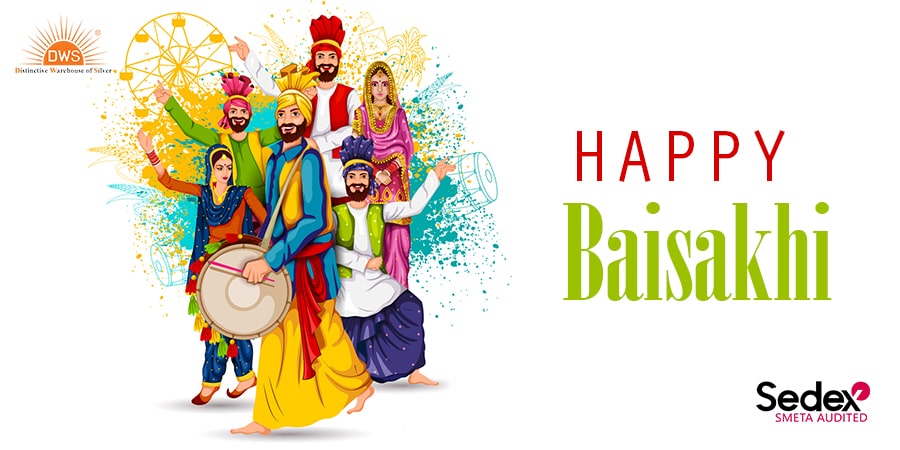
Historical Context
The roots of Baisakhi can be traced back to 1699, when Guru Gobind Singh, the tenth Sikh Guru, established the Khalsa Panth (the community of committed Sikhs) at Anandpur Sahib. This event was pivotal in the Sikh history, as it marked the formalization of the Sikh identity and values. Baisakhi thus became a day of both agricultural celebration and spiritual rejuvenation for the Sikh community.
In addition to its Sikh significance, Baisakhi also commemorates the harvest of wheat in the fertile plains of Punjab. For farmers, this day is an occasion to express gratitude to God for a bountiful harvest and to pray for a successful planting season the following year. As such, it acts as a bridge connecting agricultural practices with spiritual beliefs, reinforcing the cyclical nature of life and the importance of gratitude.
Festival Celebrations
Baisakhi celebrations vary in different regions, but they share common motifs of joy, gratitude, and togetherness. In Punjab, vibrant celebrations commence with early morning rituals. Sikhs flock to Gurdwaras (Sikh temples) where prayers, hymns, and the recitation of the Guru Granth Sahib take place. The ambiance is filled with joy and devotion as families wear their best traditional attire, symbolizing respect and reverence for the day.
A crucial part of the Baisakhi celebration is the Langar, a communal meal served to all visitors at Gurdwaras. This practice embodies the principle of equality, oneness, and community service that is at the core of Sikhism. Serving and sharing food transcends social barriers, reinforcing the message that all humanity is equal.
Following these birthrights of spirituality and community, grand processions, known as Nagar Kirtans, take place with singing, dancing, and music. These processions often feature the beautifully decorated Palkis (carriages) carrying the Guru Granth Sahib, filling the streets with vibrant energy as people celebrate in unison.
The cultural traditions associated with Baisakhi extend beyond religious observance. Traditional Punjabi folk dances, such as Bhangra and Gidda vities. These dances, characterized by energetic movements and rhythmic beats, showcase the wealth and vibrancy of Punjabi culture. They not only represent a celebration of the harvest but also serve as a conduit for community bonding, fostering a sense of togetherness and identity.
Culinary Heritage
No festival is complete without food, and Baisakhi is no exception. The festive table is adorned with traditional Punjabi delicacies. From Sarson da Saag made from jaggery), the culinary spread reflects the agricultural bounty of the earth. These dishes not only satiate hunger but evoke nostalgia and a connection to Punjab’s agrarian roots.
Significance Beyond Borders
While inherently a Punjabi festival, Baisakhi’s significance transcends geographic and cultural barriers. It symbolizes resilience, hope, and goodwill, making it a celebration for everyone. In recent years, expatriate Punjabi communities around the globe—from the United States to Canada—have embraced Baisakhi, showcasing their heritage through vibrant festivities. This has led to a cross-cultural exchange, where people from diverse backgrounds join in the celebrations, enriching their understanding of Sikh customs and beliefs.
Conclusion
Baisakhi is not merely a day of festivity but a profound confluence of agricultural richness, spiritual renewal, and cultural heritage. It serves as a reminder of the importance of community, gratitude, and the interconnectedness of life. Whether through prayers, shared meals, vibrant dances, or simple reflections of thanks, Baisakhi reinforces the values of unity and harmony.
As we celebrate Baisakhi, we are invited to reflect on our own traditions and the shared human experiences that bind us, regardless of faith or background. Embracing these values can pave the way for a harmonious future, making the spirit of Baisakhi a celebration of our collective humanity.
-dws638800225052916477.jpg)
Baisakhi FAQs: Your Questions Answered About the Festival of Harvest and New Beginnings
Sure! Here are some frequently asked questions (FAQs) about National Baisakhi:
1. What is Baisakhi?
Baisakhi, also known as Vaisakhi, is a significant festival primarily celebrated in the Punjab region of India. It marks the Punjabi New Year and the harvest of Rabi crops. It also holds religious importance for Sikhs as it commemorates the formation of the Khalsa in 1699.
2. When is Baisakhi celebrated?
Baisakhi is celebrated on April 13 or 14 each year, according to the solar calendar. The date varies slightly each year due to variations in the Gregorian calendar.
3. What are the cultural customs associated with Baisakhi?
Baisakhi celebrations typically include traditional music and dance, particularly Bhangra and Gidda, as well as feasting on festive foods. People visit gurdwaras (Sikh temples) to offer prayers and partake in community meals (langar).
4. Why is Baisakhi important for Sikhs?
Baisakhi is crucial for Sikhs because it marks the founding of the Khalsa by Guru Gobind Singh Ji in 1699, which represents the collective identity of the Sikh community. Sikhs celebrate the day by participating in religious ceremonies and acknowledging their heritage.
5. Is Baisakhi celebrated only in Punjab?
While Baisakhi is most prominently celebrated in Punjab, it is also observed in various parts of India and by the Indian diaspora worldwide. Each region may have its own unique customs and traditions associated with the festival.
6. Are there any specific foods associated with Baisakhi?
Yes, traditional foods such as kheer (rice pudding), saag (mustard greens), makki di roti (corn flatbreads), and various sweets are commonly prepared and enjoyed during Baisakhi celebrations.
7. What activities take place during Baisakhi celebrations?
Activities during Baisakhi include festive parades, folk dances like Bhangra and Gidda, musical performances, and community feasts. Some people also participate in games and cultural programs that showcase Punjabi heritage.
8. How is Baisakhi celebrated outside of India?
The celebration of Baisakhi outside India varies, with expatriate Punjabi communities organizing cultural events, gatherings, and festivals. Gurdwaras often hold special prayers and community meals to mark the occasion.
9. Is Baisakhi a public holiday in India?
Yes, Baisakhi is a state holiday in Punjab and is also observed in other northern states. However, it may not be recognized as a national holiday across the entire country.
10. What are some key symbols associated with Baisakhi?
Key symbols of Baisakhi include the khanda (Sikh emblem), sugarcane, harvest grains, and agricultural tools, reflecting the agricultural roots and religious significance of the festival.
End
Baisakhi is a vibrant festival that celebrates agricultural abundance, cultural pride, and religious identity. Whether through family gatherings, traditional festivities, or spiritual observances, it is a time for joy and reflection among those who celebrate.
Popular on Blogs
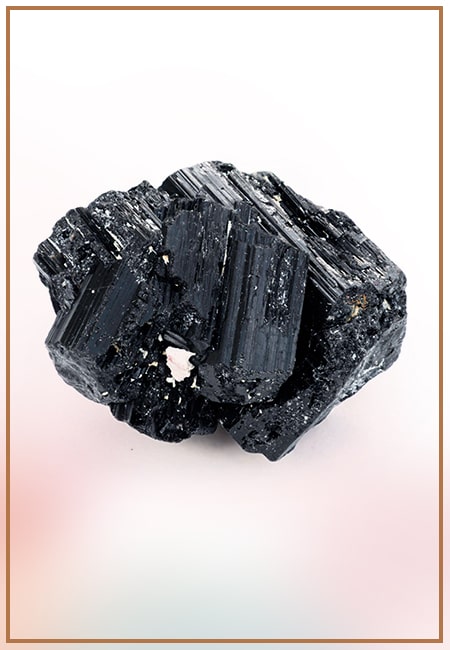
Black Tourmaline: Meaning, Healing Properties, Fascinating Facts, Powerful Attributes, Versatile Uses, and Beyond
September 05, 2023 / BY Team DWS
Black Tourmaline, also known as Schorl, is a highly revered crystal with incredible metaphysical properties. It derives its name from the Dutch word "turamali," meaning "stone with ..
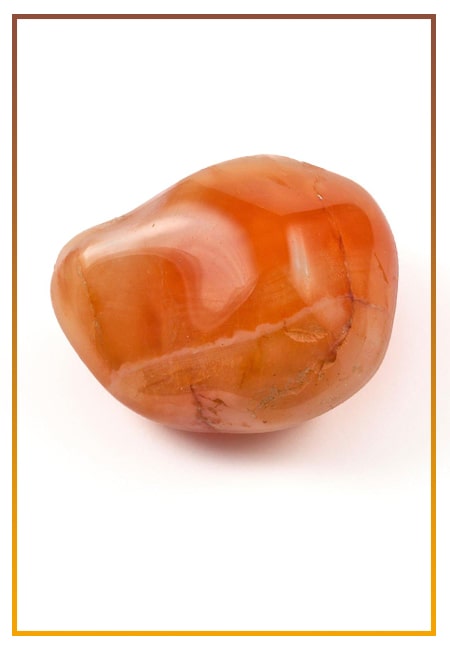
Carnelian Stone: Meaning, Healing Properties, Power, Facts, Color, Uses and More
December 26, 2023 / BY Team DWS
Carnelian is a vibrant and captivating gemstone that holds a plethora of meanings, healing properties, and powers. Its warm and fiery energy makes it a popular choice among crystal ..
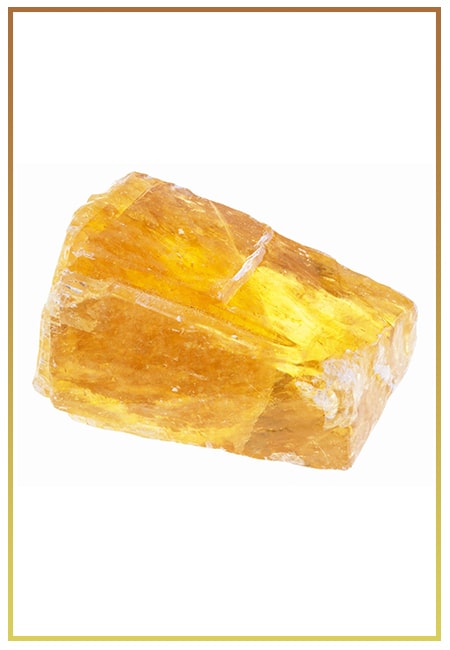
Citrine: Exploring its Meaning, Healing Properties, Fascinating Facts, Powers, Versatile Uses, and Much More
November 18, 2023 / BY Team DWS
Citrine, with its warm golden hues, has captured the attention and imagination of people for centuries. This beautiful gemstone, commonly associated with wealth and prosperity, hol ..

Black Onyx: Unveiling the Meaning, Healing Properties, Fascinating Facts, Powerful Attributes, Versatile Uses, and Beyond
July 25, 2023 / BY Team DWS
Black Onyx, a striking gemstone admired for its deep black hue and elegant appearance, has captivated people for centuries. In this comprehensive guide, we will delve into the mean ..
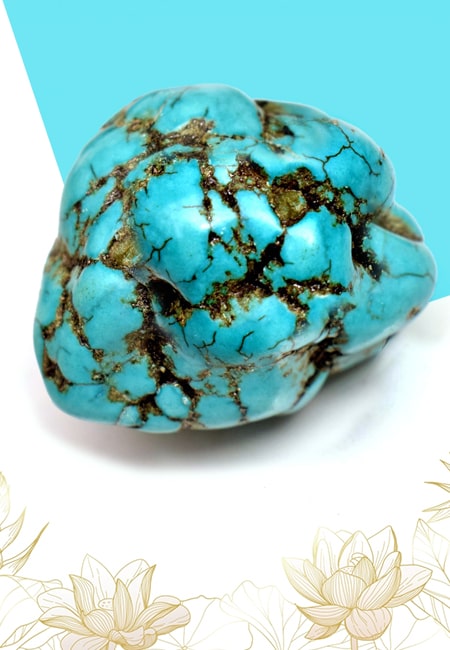
Unveiling the Mysteries of Turquoise Stone: Exploring its Meaning, Healing Properties, Power, Facts, Color, Uses, and More
December 05, 2023 / BY Team DWS
Turquoise, with its captivating blue-green hue, has been adorning jewelry and artifacts for centuries. This striking stone has a rich history, rich symbolism, and a plethora of int ..
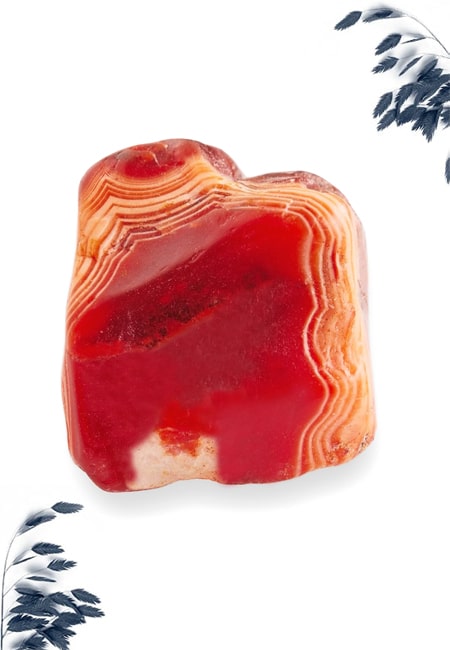
The History Behind The Popularity of Red Agate
December 23, 2022 / BY Team DWS
An Agate is a type of magma rock that takes many years till it is washed out naturally into the water. And that is the reason this stone has elements of water. This beautiful stone ..

Plan a Perfect Valentine's Week with Our Valentine Week List 2025
January 22, 2024 / BY Team DWS
Valentine's Day is undoubtedly the most romantic day of the year, but we believe that one day is just not enough to express your love and make your partner feel special. That's why ..

Bloodstone: Unveiling the Meaning, Healing Properties, Facts, Powers, Uses, and More
August 21, 2023 / BY Team DWS
Bloodstone, with its captivating deep green color with specks of red, is a mesmerizing gemstone that has fascinated civilizations for centuries. It possesses unique healing propert ..


